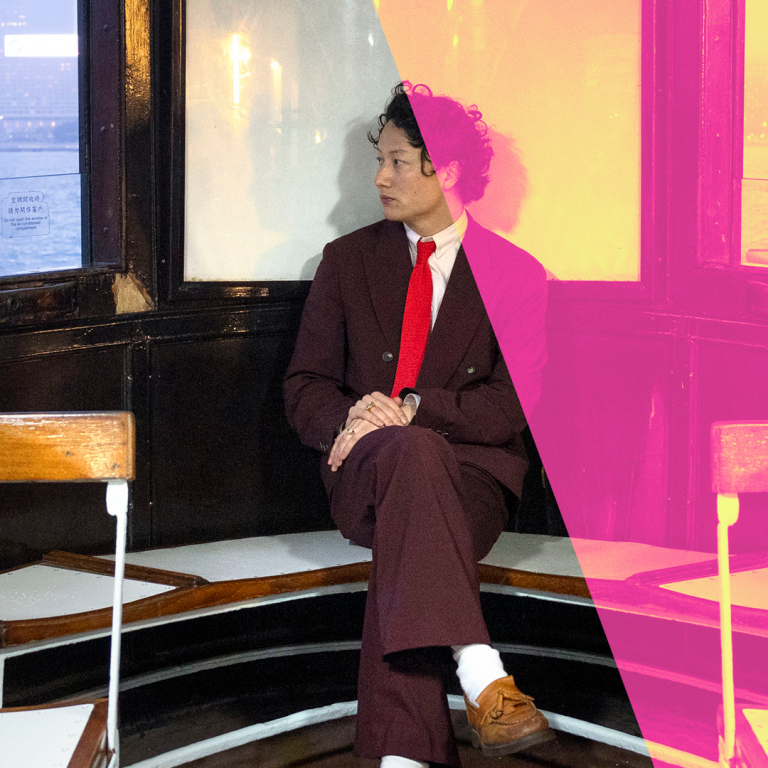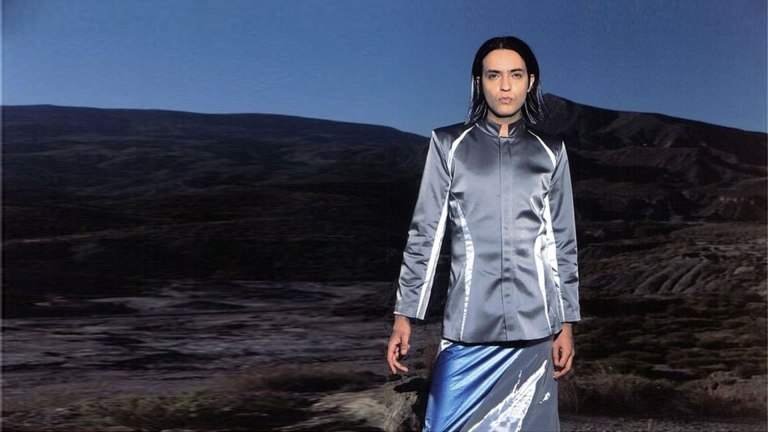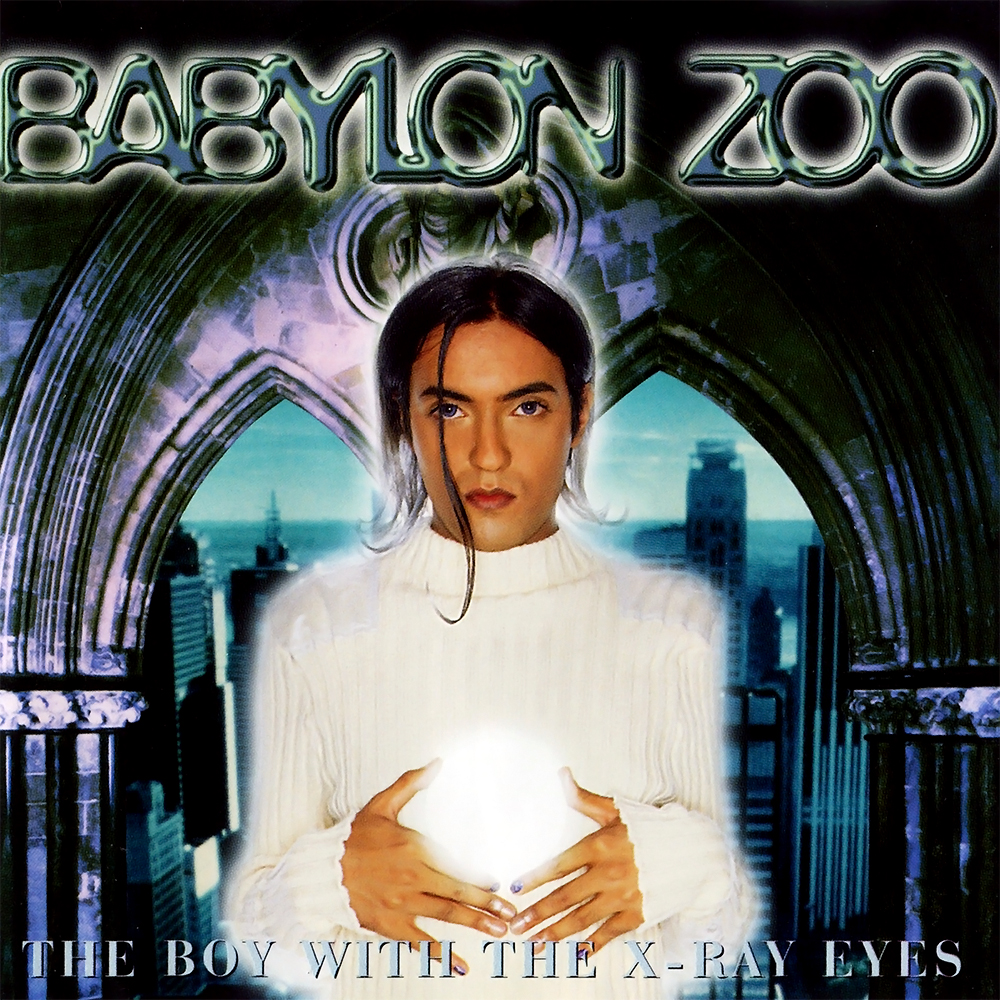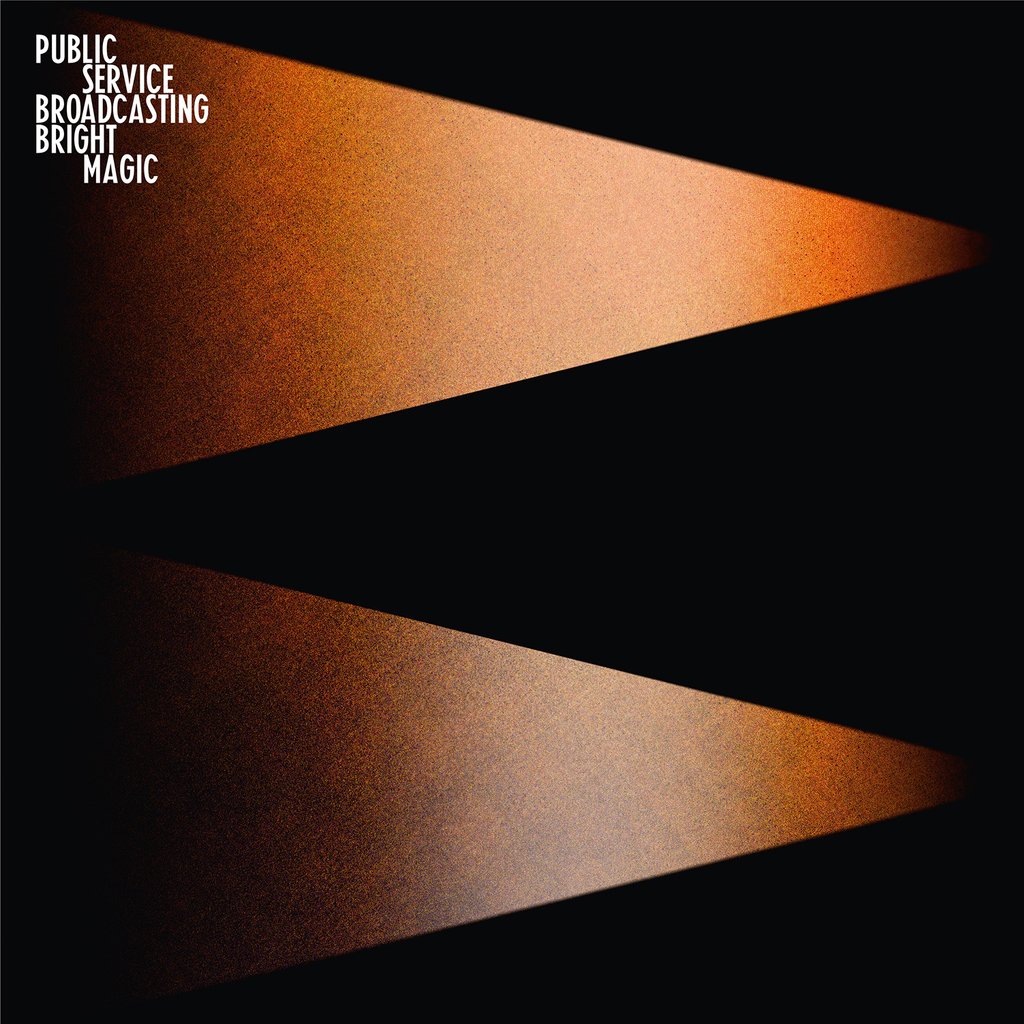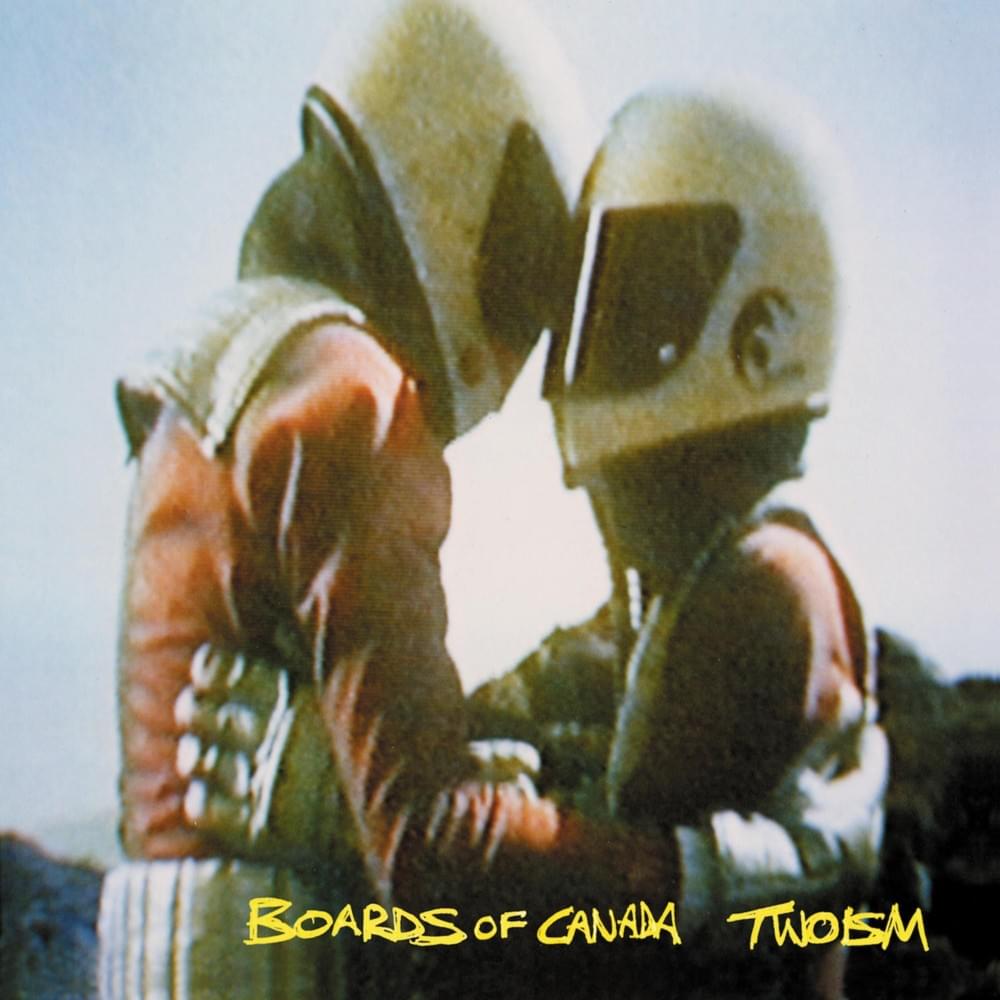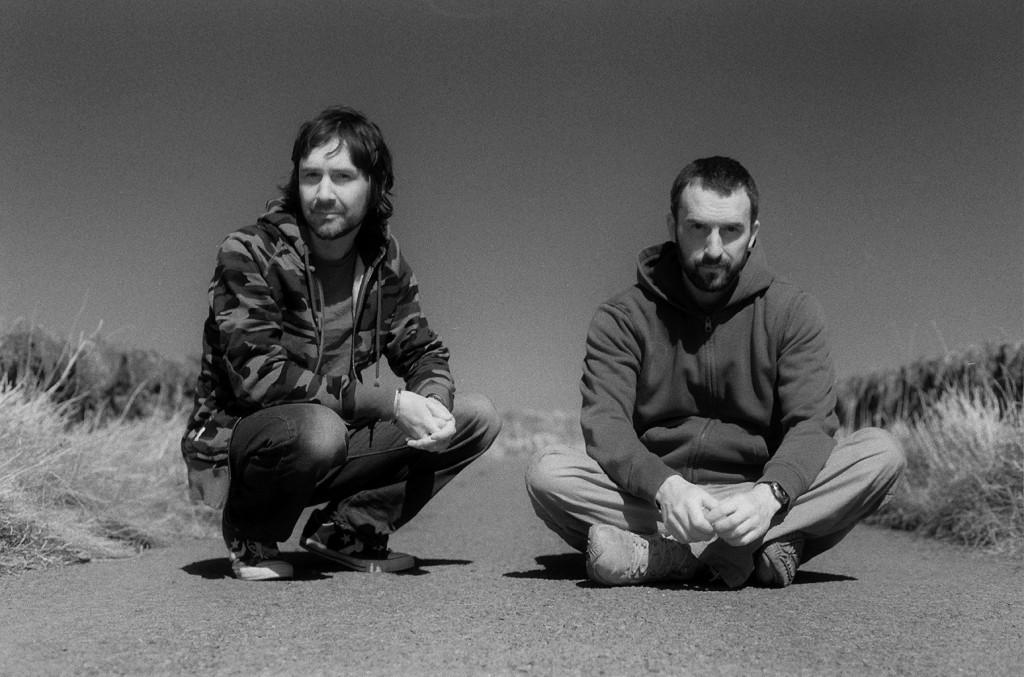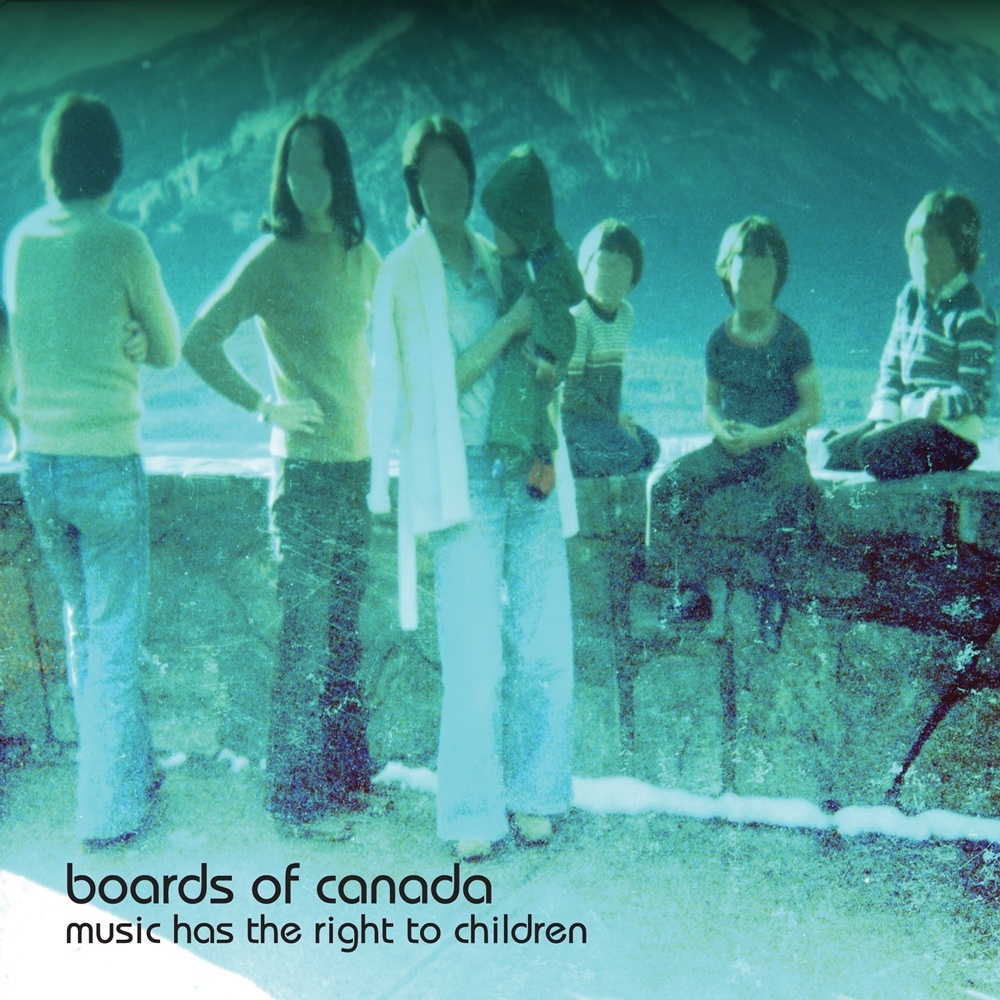A fish not out of water, but thriving in their natural habitat for once. New post time!

Good Afternoon to you! I’m Jacob Braybrooke and it used to be my day-to-day pleasure to write up about a different piece of music every day before my adulthood got right in the way! Attempting to pinpoint the ancestry of today’s artist, Bolis Pupul, may provide enough for a full blog post on its own. Born in Belgium and raised in Ghent by a Belgian cartoonist father and a mother who was born in Hong Kong but lived in China, Pupul lived in a household that kept shlves full of vinyl records. After falling in love with Beck’s weird and wonderful 90’s LP’s such as ‘Mellow Gold’ and ‘Odelay’, he cut his teeth in a Synth-Pop project with his sister and brother-in-law that nurtured his love for eight-track Foxtex recorders and the Japanese Shibuya-key star Cornelius during the late 2000’s and early 2010’s. Fast forward to 2024 and Bolis is best known for releasing the critically-beloved ‘Topical Dancer’ LP which was a joint venture with Charlotte Adigery. As a solo artist, he is now signed to Soulwax’s label Deewee that is also the home of artists like James Righton, Marie Davidson and EMS Synthi 100 who are known for exploring futuristic 70’s Funk-driven Pop sounds. The long road to releasing his first solo full-length ‘Letter To Yu’ was full of pot holes and diversions though, like using a rail replacement bus service to travel from Littleport to Liverpool. The main cause of heartbreak was the loss of his mother, who died in a car accident during June 2008 at age 49. She was a huge inspiration for the LP, which is centered around a trip that Pupul took to Hong Kong in 2008. He visited the street where she was born and he wrote her a letter which became “the coat rack on which the entire record was hung“, as Pupul notes. Sample his sound with ‘Kowloon’ below.
The sounds of frogs, the voice of a doctor that Pupul visited and the sounds of a train platform are all recordings of Pupul’s adventure to Hong Kong that all crop up throughout the 11 tracks and the near 46-minute duration of the aromatic album that paints a picture of the Kowloon urban district that Pupul visited with an intimate touch. In fact, the seventh track on the final product is named after Mau Tau Wei Road in which the maternity clinic that his mother was actually born within. Having read all of this information on Pupul without my description of the sound, you would probably expect ‘Kowloon’ to sound like a spiritual jazz record with steady drones and a larger prioritisation on rhythm instead of melody. However, the element of suprise arrives at full throttle as the East-Asian take on the Kraftwerkian Alt-Pop of the 80’s quckly begins to reveal itself. Nostalgia and celebration are steeped in equal measure on ‘Kowloon’ which begins and ends with a stabbing, highly compressed key sound but he fills the space of sound with a gradually sauntering drum melody that swiftly evolves into a charming dance track akin to a late-90’s French House workout. The technicolour and futuristic aesthetic never dismisses the slow, hypnotic start to the track but embraces the repetition instead by incorporating East Asian touches to the European Motorik sound. There’s a characteristic that is incredibly inviting about finding release on the dancefloor given the very heavy events that set the album’s narrative in motion as well as the sense of ever-present joy that Pupul provokes so enthusiastically. His personality, soul and sense of fun is communicated through the playful composition of the track and the ambience of the vocals that almost sound intelligible, but retain the effect of being in a room with others and not being able to make out the words which happens often in life. It gives this track a sense of place, making us feel like a part of Kowloon as we listen to his martial stomp of a Synth-driven track. Overall, this is a wonderful ode to the widely believed notion that an album should provide a snapshot of the artists’ life. It feels intimate enough to retain some mystique for Pupul personally, but it feels inviting enough to give us a glimpse of his life story. A tour-de-force of euphoria, ancestry and – most importantly – cheer.

That’s all for today! Thank you for joining me on my journey as I find my place in the music industry after a few years of hiatus due to personal issues and please join me again next week as I spotlight another example of the fantastic music which 2024 has provided since beginning 15 weeks ago. I look forward to writing to you again shortly.
Connect with One Track At A Time
Facebook: https://www.facebook.com/OneTrackAtATime/
Twitter: https://www.facebook.com/OneTrackAtATime/
Instagram: https://www.instagram.com/jbraybrookerecords/
Eclectic & Electric (Radio Show – Mixcloud): https://www.mixcloud.com/jacob-braybrooke/

